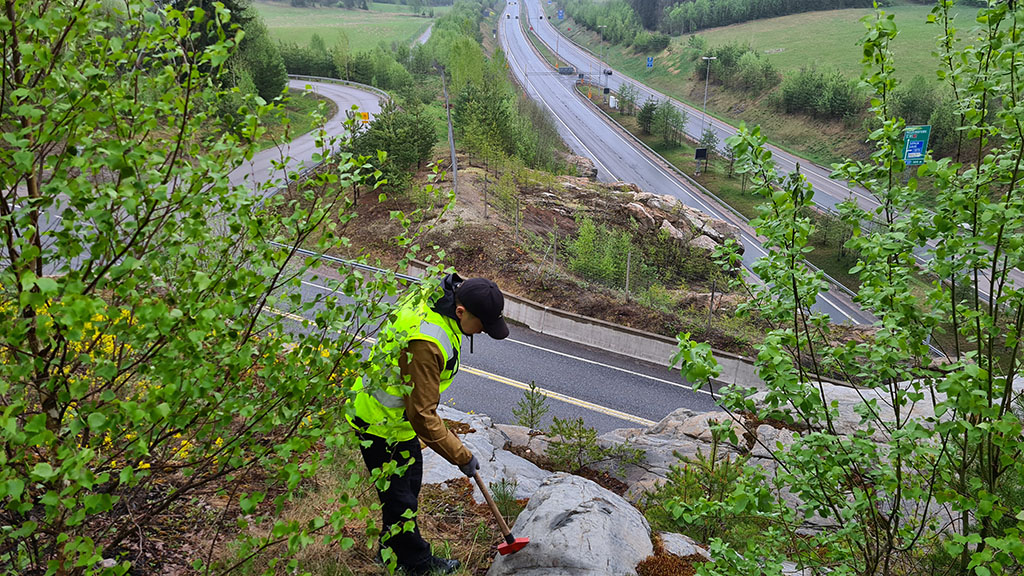The Resource Efficiency of Infrastructure Projects Would Improve by Utilising Quarried Rock According to Turku One Hour Train Survey
The resource efficiency of large infrastructure projects would significantly improve by more efficient use of quarried rock. Based on a recent survey, there is a variety of rock aggregates on the planned railway track line between Helsinki and Turku, which could be used for various construction applications. An early stage rock aggregate inventory and cooperation with aggregate producers and users make it possible to strengthen the circular economy in railway construction, as well as that of large infrastructure projects in general

Rock aggregates from the new Helsinki-Turku railway line could be utilised in the railway’s foundation, insulation and intermediate layers, in load bearing road layers, and as aggregates for concrete and asphalt pavements. In areas with excess rock aggregates, it could also be used in environmental construction. These initial findings are available in the rock aggregate and circular economy survey for Turku One Hour Train Ltd by the Geological Survey of Finland GTK.
“An applied geological rock aggregate inventory was carried out in the area of the planned railway track between Espoo and Salo at an early stage. The inventory investigated the properties of the rock aggregates of the area, based on which we assessed their suitability for various applications and locations, both for the project and for the railway area’s immediate zoning, construction and infrastructure projects,” says Senior scientist Mika Räisänen from GTK.
Generally, an inventory of rock aggregates is not carried out this early in a project, which means that their use may be minimal for scheduling reasons. By coordinating the schedules of local infrastructure and construction projects, it is possible to process the rock aggregates close to the railway track and reduce the emissions caused by the construction. Infrastructure projects also excavate and process rock aggregates in areas where it is impossible to establish a quarry in the vicinity due to a lack of relevant infrastructure. Construction-related extraction can therefore improve the regional availability of rock aggregates for various construction applications.
Railway project provides significant circular economy benefits for other projects
Infrastructure construction requires a large amount of aggregates, and a great deal of emissions are tied to the material flows. The role and significance of the circular economy are constantly growing, which is why resource efficiency is a particular focus in planning the new Turku One Hour Train railway line.
Based on the survey, circular economy benefits are found in the development of the processing of excavated materials and operation of the construction support areas, such as those for processing and storage. Municipal and business partnerships in finding use for the quarried rock masses support regional investment and economic growth.
“Our goal is to circulate the quarried rock masses generated by the project as much as possible and to have them used in other projects in the region. The information we have gained here will be shared with other infrastructure projects, and we will carry out more detailed surveys during the possible construction stage,” says Annika Salokangas, Project Director for Turku One Hour Train Ltd.
Additional information
More information on the project from the Turku One Hour Train website
Mika Räisänen, Senior scientist
Geological Survey of Finland GTK
mika.raisanen@gtk.fi
Tel.: +358 29 503 2223
Annika Salokangas, Project Director
Turku One Hour Train Ltd
annika.salokangas@tunninjuna.fi
Tel.: +358 40 866 5315
